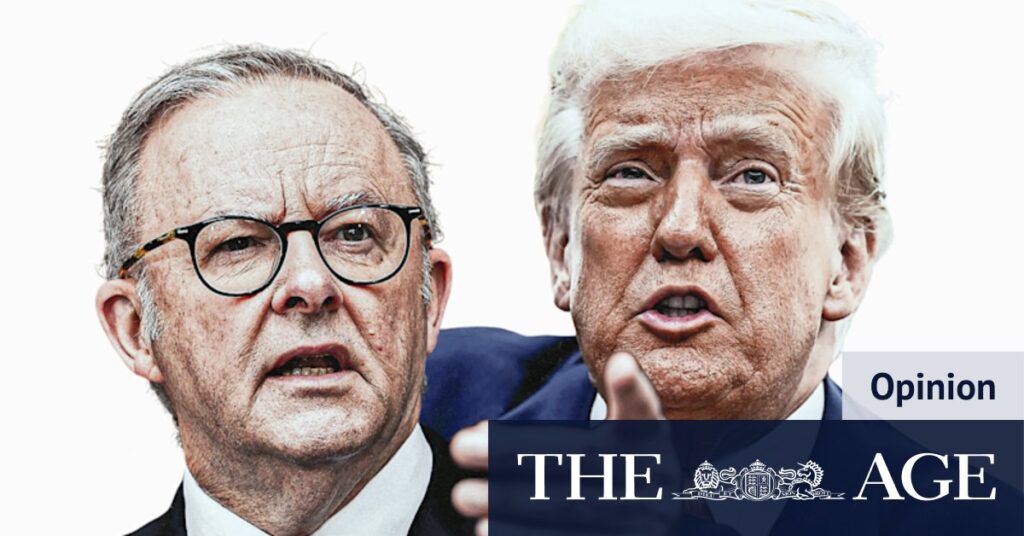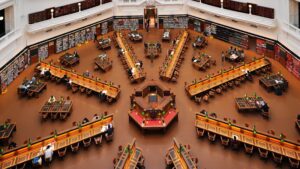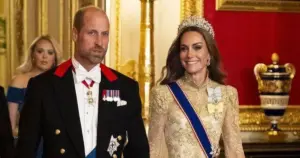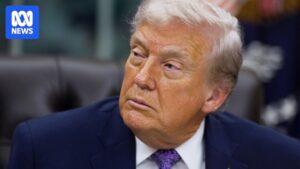
As Australian Prime Minister Anthony Albanese prepares for his much-anticipated visit to Washington, the spotlight inevitably turns to his interaction with former U.S. President Donald Trump. The visit, however, should not be seen as the defining moment of Australia’s global standing. Instead, it serves as a reminder of the broader geopolitical landscape in which Australia operates.
Historical comparisons offer a fascinating lens through which to view such visits. When John Howard met Bill Clinton in 1999, their meeting was brief and delayed, a stark contrast to Howard’s extended discussions with George W. Bush in 2001. These interactions highlight the varying dynamics between Australian leaders and their American counterparts over the years.
The Evolution of Australia’s Global Role
Australia’s geopolitical influence has evolved significantly since the days of the ANZUS alliance, a military pact that once symbolized the close ties between Australia and the United States. Today, the focus has shifted to AUKUS, a trilateral security pact with the U.S. and the UK, reflecting the changing nature of global alliances.
Australia’s involvement in numerous international forums, such as APEC, the G20, and the “Quad” security dialogue, underscores its growing diplomatic reach. Furthermore, its strategic partnerships with ASEAN and participation in NATO meetings illustrate a more nuanced approach to international relations.
Balancing Relationships with Major Powers
The AUKUS agreement, while strengthening ties with the U.S. and UK, presents challenges in managing Australia’s relationship with China. The pact’s implications for Australia’s defense strategy, particularly concerning nuclear-powered submarines, underscore the complexities of balancing these key relationships.
Australia’s diplomatic agility, which has been a hallmark of its foreign policy for decades, faces new tests in light of China’s assertive stance under Xi Jinping’s leadership. The secretive negotiation of AUKUS by former Prime Minister Scott Morrison marked a departure from Australia’s traditional approach of maintaining equilibrium between Washington and Beijing.
Implications of the Washington Visit
The timing of Albanese’s visit, late in Trump’s second term, presents both challenges and opportunities. With over 20 international leaders having already met with Trump, Albanese must navigate the established diplomatic norms while maintaining Australia’s interests.
One potential advantage is the recent geopolitical developments, such as China’s restrictions on rare earth mineral exports. Australia, with its abundant resources, is well-positioned to offer solutions, enhancing its strategic importance in the global supply chain.
“Australia’s recognition of Palestinian statehood is less of a point of divergence, given Trump’s recent diplomatic successes in the Middle East.”
Looking Beyond the Oval Office
While the media often fixates on the duration and nature of meetings between Australian leaders and U.S. presidents, the true measure of Australia’s global influence lies in its comprehensive engagement on the world stage. Albanese’s visit should be viewed within the context of Australia’s broader diplomatic efforts and strategic initiatives.
As the world becomes increasingly multipolar, Australia’s ability to adapt and thrive in this environment will be crucial. The focus should not solely be on the time spent in the Oval Office but on the strategic outcomes and partnerships that emerge from such high-level engagements.
In conclusion, Albanese’s visit to Washington is an important chapter in Australia’s diplomatic narrative, but it is not the sole determinant of its international standing. The nation’s growing influence in various global arenas underscores its capability to navigate the complexities of modern geopolitics.






